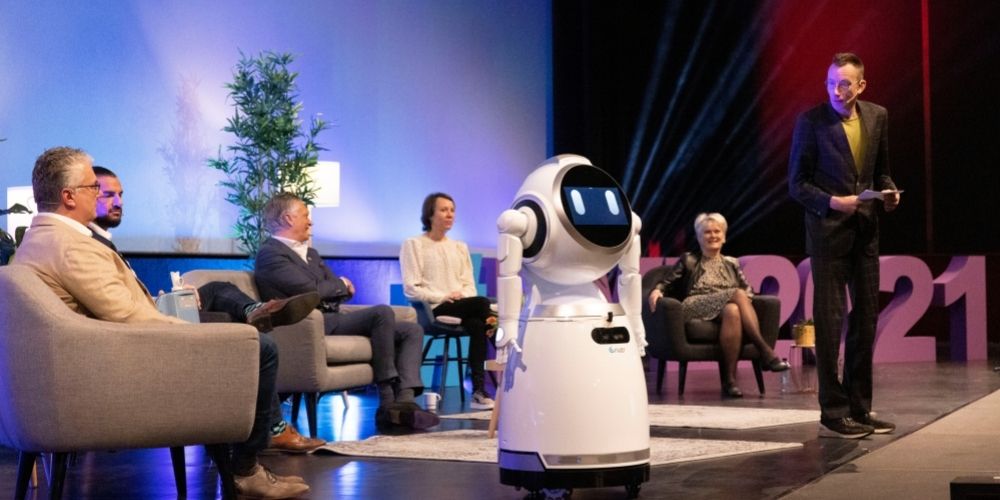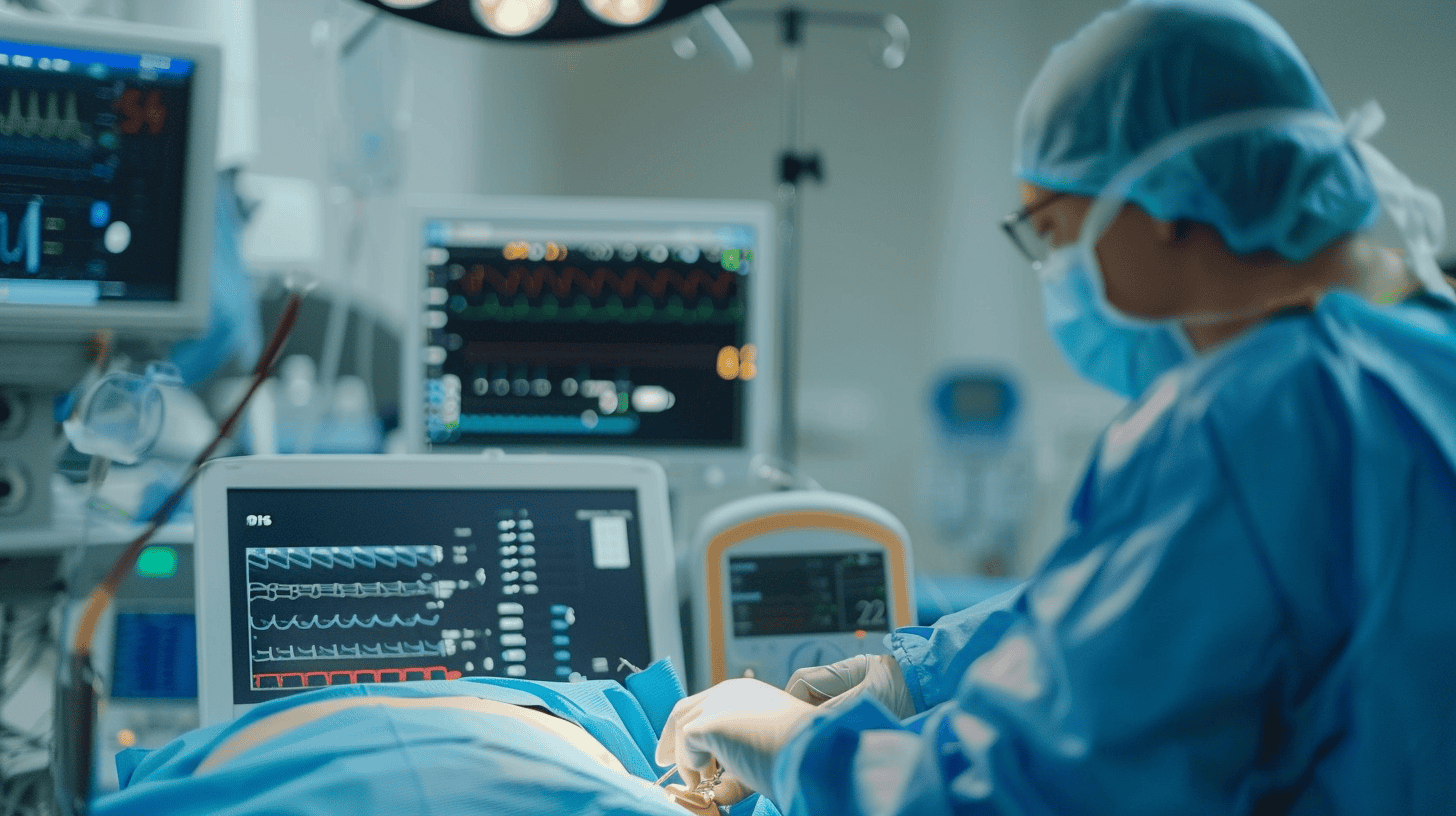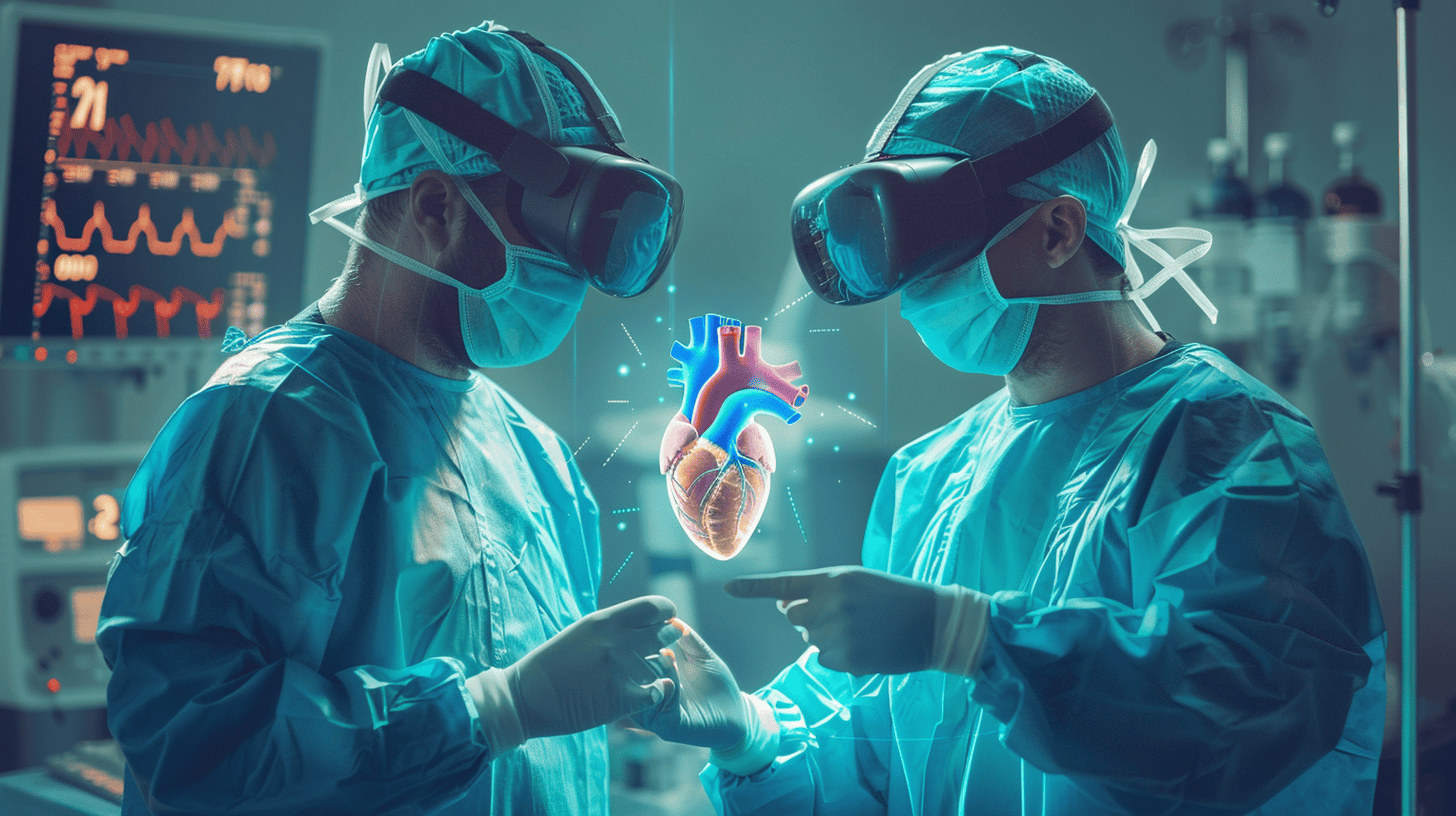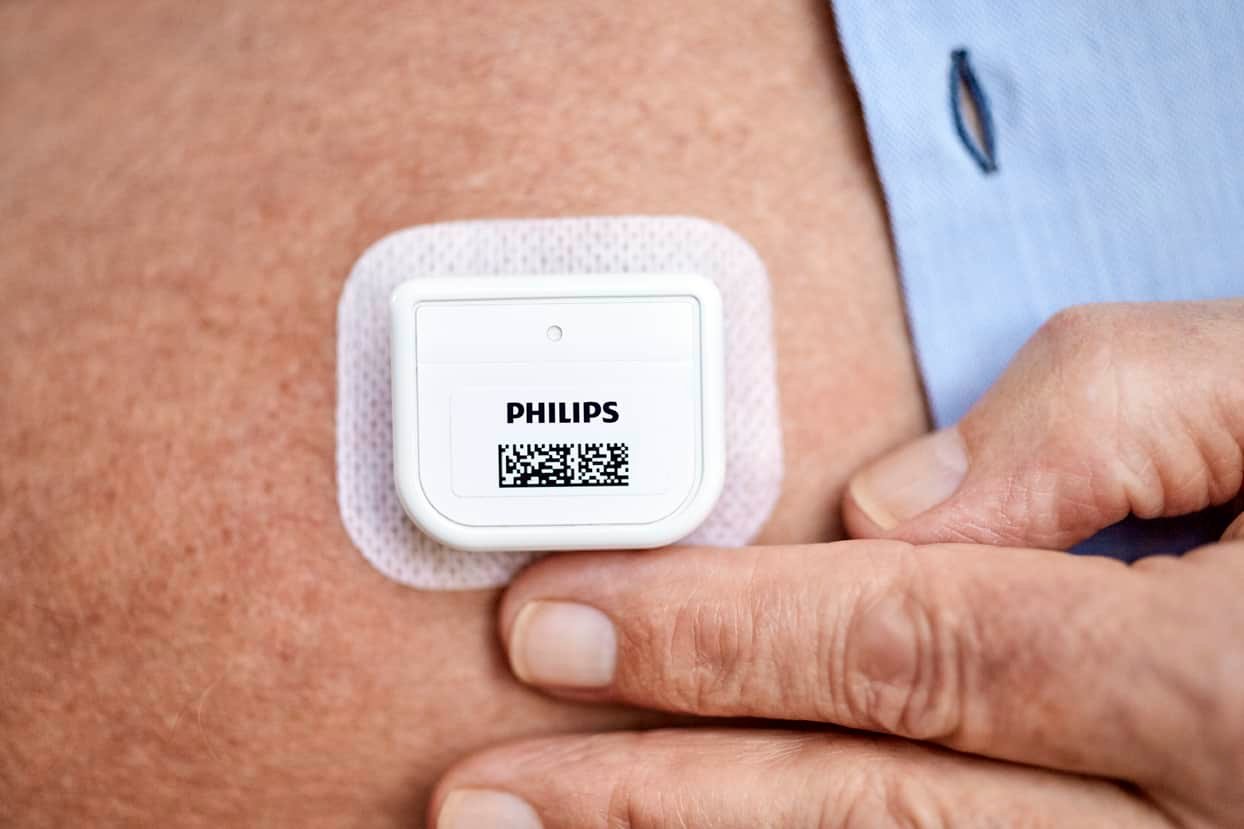
The operation earlier this year in which a heart from a genetically modified pig was implanted into a human was a real feat of innovation. Yet this medical breakthrough is not a blessing – and not just because the patient died two months later. The future of healthcare stands to benefit more from the broader application of innovation.
“When we think of innovation, everyone tends to think of an app or an ICT solution. But innovation needs to encompass far more than that. In healthcare, we need a whole host of technical, medical and organizational innovation,” said Mark van Houdenhoven, chair of the Board of Directors of the Sint Maartenskliniek. This hospital in Nijmegen (which also has six other locations in the Netherlands) specializes in orthopedics, rheumatology, rehabilitation and treatment of pain.
Van Houdenhoven is one of the keynote speakers at the Health Valley Event, which will be held in Nijmegen over the next three days. Health Valley is the ‘healthcare innovation network of the East Netherlands’, as the organization labels itself.

A broad palette of innovations is needed to address a current and pressing issue. That problem is not so much the aging population, a new, aggressive tumor or a future pandemic. No, the problem is much more fundamental. “The big issue in healthcare is the shortage of staff. That’s a problem for the next 20 to 30 years in light of the rate of aging and the population growth,” says the 53-year-old director.
Van Houdenhoven believes that in order to tackle this problem, all economic sectors must put their heads together to find an overarching solution. After all, staff shortages are not a problem for the healthcare sector alone, but also for the police, transport, engineering and construction sectors. “It makes no sense for a hospital to compete with other hospitals, or even the police, in order to attract staff,” says Van Houdenhoven, who is also a professor of Economic Management in Healthcare. In any event, the bottom line is that there are too few hands to spare. In short: it is a public problem.
Impact of medical innovation
This problem facing the next quarter-century can only be addressed with innovative interventions, Van Houdenhoven states. “In 2000, the Sint Maartenskliniek started administering biologicals, a new form of medication. Twenty-two years ago, we still had 60 beds, but thanks to the therapy with these biological rheumatoid inhibitors, hospital treatment lasting several days is no longer necessary. As a result, we no longer have beds in the rheumatology department and can put those nurses to use elsewhere.”
It is a fine example of the impact of medical innovation. An important set of solutions must also come from preventive healthcare. The longer people stay healthy, the less (quickly) they will need to seek care. Prevention involves innovation in all sorts of areas. There is no silver bullet, as Van Houdenhoven calls it, there is no panacea. “There is not only one solution to the issue, but hundreds, thousands. No one should think that a particular hospital or company can provide a particular miracle cure or that a particular technology will provide the solution.”
Wisdom of the masses
Innovation in healthcare today is different than what it used to be. “The purpose of innovation once used to be about becoming more cost-effective. But now innovations are not so much about saving money, but about people. Deploying innovation so that less staff is needed.”
“The great thing about Health Valley,” says Van Houdenhoven, “is that representatives from different fields and backgrounds come together to think about the issues of the future. Companies, subsidy providers, hospitals, elderly care providers, start-ups, philosophers, economists who are willing to work together. It creates a network and wisdom of crowds.”
This “wisdom of the masses” should automatically start leading to solutions, Van Houdenhoven believes. “Another great thing is that there are plenty of innovations that we don’t know about yet. That does not mean that we should not do anything and just sit back and wait and see, but it does mean that through cross-fertilization and hard work, we will almost automatically come up with innovations. So, we don’t have to despair.”
Read how the Sint Maartenskliniek is currently running a clinical study on a synthetic meniscus.








